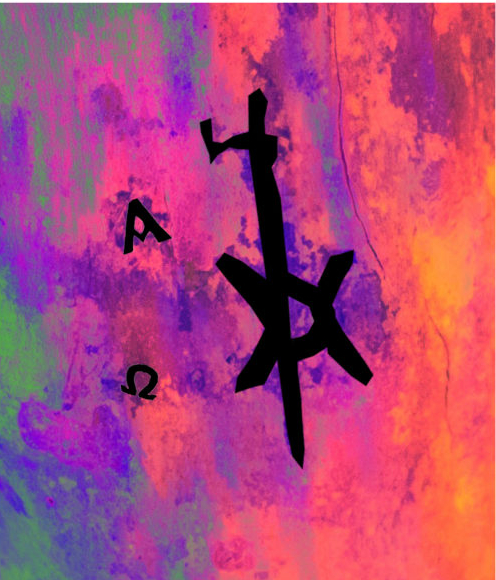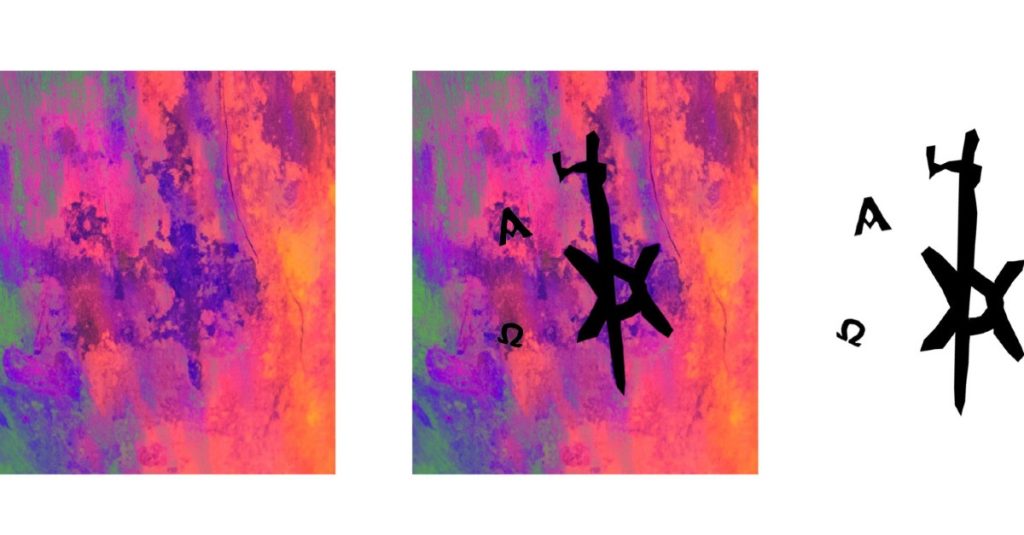Scientists in Sudan have found a 1,300-year-old physique with Christian tattoos that consult with Scripture close to an historic monastery.
Kari A. Guilbault of Purdue College made the invention whereas analyzing the physique in a laboratory on the Polish Heart for Mediterranean Archeology on the College of Warsaw. The physique was present in a burial close to a medieval monastery in Sudan and studied by bioarchaeological researchers who look at stays discovered at archaeological websites.
The tattoo on the person's proper leg depicts the Christogram and the Greek letters “alpha” and “omega”. The Christogram is a Christian image “combining the Greek letters 'chi' and 'rho' right into a monogram abbreviation for the identify of Christ,” the press launch stated. The letters “alpha” and “omega” are apparently a reference to Revelation 22:12-13 the place Jesus says, “Behold, I’m coming quickly! My reward is with me, and I’ll give to everybody based on what he has carried out. I’m the Alpha and the Omega, the First and the Final, the Starting and the Finish.”
In line with scientists, it was a person. The tattoo was found throughout photograph documentation of the physique.
“It was fairly a shock once I out of the blue noticed what appeared like a tattoo once I was working with the Ghazali assortment,” Guilbault stated. “I wasn't certain at first, however when the images have been processed and the tattoo was clearly seen, any preliminary uncertainty was put to relaxation.”
A press launch referred to as it “a uncommon medieval non secular tattoo”.

A medieval monastic website is positioned at Ghazali, positioned within the Wadi Abu Dom area of the Bayuda Desert in northern Sudan.
Researchers informed Stay Science that the person was not buried with the monks, however in a separate cemetery. So it’s attainable that the particular person was not a monk however somebody who lived close by. The physique was found in 2016, however the tattoos “have simply come to gentle with newer post-excavation evaluation and full-spectrum images,” researchers informed Stay Science.
The Christian apologetics web site Patterns of Proof stated it was “wonderful that male leg tattoos lasted for over a thousand years, however as a result of arid situations of Sudan, most of the Ghazali cemetery stays have been naturally mummified”.
“This discovery,” Patterns of Proof stated, “highlights the unfold of Christian affect through the first centuries.”
RELATED PODCAST:
Picture credit score: ©Kari A. Guilbault
Michael Foust has lined the intersection of religion and information for 20 years. His tales have appeared within the Baptist Press, Christianity In the present day, Christian PoHoly, and Leaf chronicle, and Toronto Star and and Knoxville Information-Sentinel.
